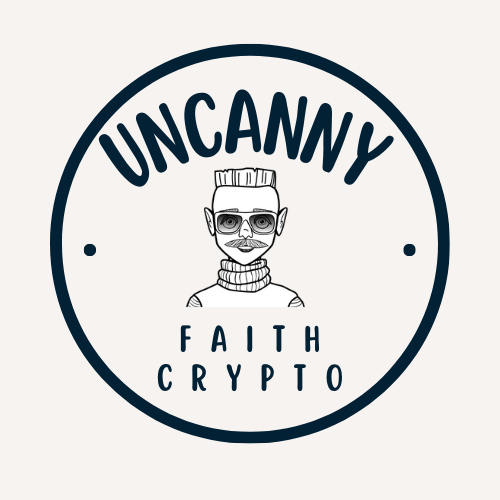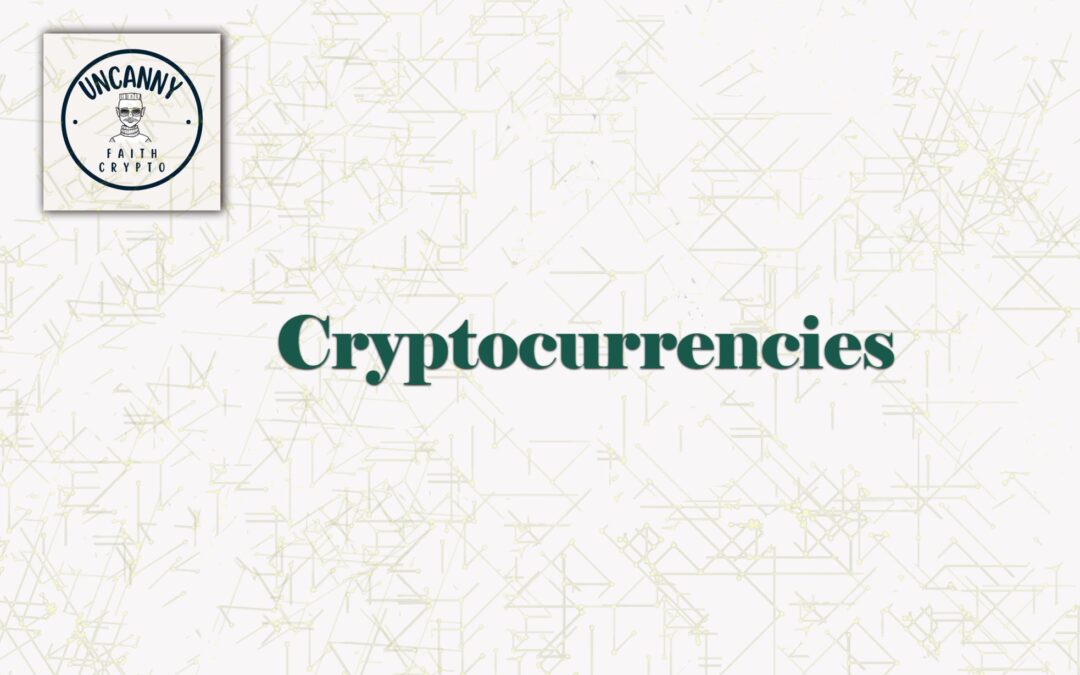As the world becomes increasingly data-driven, the demand for reliable, accessible, and secure storage solutions is at an all-time high. Enter Arweave, a trailblazer in the field of decentralized storage. By promising permanent, immutable data hosting, Arweave has carved out an essential niche in the blockchain ecosystem.
Fast-forward to 2025: Arweave is no longer the emerging project it once was but a critical infrastructure powering the web3 revolution. If you’ve ever wondered where data will live in a decentralised, censorship-resistant digital world, this article is here to answer your burning questions. Join us as we explore the key trends shaping the future of Arweave in 2025 and why it’s poised to become a cornerstone of decentralized storage.
What is Arweave? A Quick Refresher
Before we dive into the future, let’s get the basics straight. Arweave is a decentralized storage protocol built on blockchain technology that enables permanent data storage. Unlike traditional cloud services like Google Drive or AWS, where users pay for storage space on a subscription basis, Arweave uses a mechanism called “pay once, store forever.”
This is achieved through the Permaweb, a layer built on Arweave’s blockchain that stores data permanently, backed by its native cryptocurrency, AR. The protocol incentivises storage providers (miners) to host data by paying them for long-term storage upfront while ensuring availability for decades or even centuries.
Now that we’re all caught up, let’s look at how this technology is evolving and what we can expect from Arweave in 2025.
The State of Arweave in 2025: An Overview
As of 2025, decentralized storage solutions like Arweave are more vital than ever. Growing concerns about data breaches, corporate censorship, and increasing costs of traditional cloud solutions have compelled businesses and individuals to seek alternatives. Arweave leads this transformation by offering permanent, censorship-resistant data storage that seamlessly integrates with web3 technologies.
The Key Trends to Watch in Arweave’s Evolution in 2025:
1. Exponential Growth in the Web3 Ecosystem
The rise of the web3 ecosystem has created a surge in demand for decentralized storage, and Arweave has emerged as the go-to solution. With more developers building dApps (decentralized applications), the need for permanent, cost-effective data storage has skyrocketed. Blockchain games, NFT marketplaces, and DeFi platforms now rely on Arweave to store metadata, transaction records, and user-generated content.
For instance, NFT metadata stored on centralized servers risks disappearing if the provider goes offline. With Arweave, metadata is permanently etched into the blockchain, ensuring that digital assets remain intact forever.
Arweave’s interoperability with major layer-1 ecosystems like Ethereum, Solana, and Avalanche further cements its role as the backbone of blockchain-based storage. This cross-chain compatibility ensures seamless data transfers and encourages developers to build on Arweave, expanding its adoption by leaps and bounds.
Key Stat: By 2025, it is estimated that 80% of NFT projects will store their metadata on decentralized platforms like Arweave, an impressive leap from just 10% in 2021.
2. A Surge in Institutional Adoption
As enterprises look to future-proof their data, decentralized storage goes mainstream. By 2025, large organisations and governments have begun to explore Arweave for secure and permanent data archiving. This includes use cases like:
- Legal Records: Lawyers and courts using Arweave to store legal contracts and records in tamper-proof formats.
- Academic Data: Universities archiving research papers, theses, and sensitive documents for long-term preservation.
- Media Storage: Journalists and media houses combating censorship by hosting their work on Arweave’s decentralized infrastructure.
Large enterprises increasingly view Arweave as a hedge against traditional cloud service outages or political interference, two critical factors driving adoption. Its decentralized nature and guarantee of permanence position it as an essential component of data sovereignty in the digital age.
3. Solutions for Rising Data Storage Costs
In an era where data storage costs rise as exponentially as the data itself, Arweave’s pay-once model has become a highly attractive proposition. By 2025, the sheer volume of data generated daily – think terabytes of videos, IoT sensor data, and application logs – makes traditional cloud services financially unsustainable for many organisations.
Arweave flips the script, allowing users to store data affordably and permanently without recurring fees. Forward-thinking businesses and governments use Arweave not just to save costs, but to invest in future-proof infrastructure.
Pro Tip for Businesses: If you’re evaluating storage costs, remember that Arweave’s upfront payment model eliminates the financial unpredictability of monthly billing. Additionally, storing your core, non-transactional, historical, or legal data on platforms such as Arweave ensures its immutability for decades to come.
4. Enhanced Data Privacy and Security
With cyberattacks on the rise in 2025, data security is a non-negotiable priority. Arweave’s decentralized model eliminates single points of failure typically found in centralized storage systems. From ransomware attacks to server outages, Arweave mitigates the risks associated with centralised cloud providers like AWS or Google Cloud.
Moreover, Arweave ensures data integrity through its unique Proof of Access (PoA) mechanism. Unlike traditional mining mechanisms, Arweave miners constantly verify stored data’s integrity to earn rewards, ensuring not just availability but unaltered data fidelity.
Expert Insight: With the global cost of cybercrime surpassing $12 trillion annually, organisations are increasingly turning to secure decentralized architectures like Arweave–a trend that shows no signs of slowing down.
5. The Green Revolution in Storage Technology
Sustainability has become a core focus in tech innovation, and Arweave is no exception. As energy consumption in blockchain and data storage industries rises to unsustainable levels, Arweave’s innovative storage efficiency makes it a pioneer in green blockchain technology.
Arweave’s energy usage pales compared to consensus mechanisms like Proof of Work (PoW) used by Bitcoin. Miners only store and validate data, reducing computational demand while supporting long-term sustainability. By 2025, its eco-friendly reputation makes it a preferred choice for environmentally conscious developers and enterprises.
6. Simplified User Experience for Wider Adoption
As blockchain-based systems notoriously suffer from high entry barriers, Arweave has made strides to improve usability. Integration tools and wallets in 2025 simplify the onboarding process for both developers and non-technical users. Popular services like ArConnect, a wallet for interacting with Arweave, and the Permaweb browser extension expand accessibility for everyday users.
Moreover, services like Bundlr streamline small-scale data uploads to Arweave, enabling more seamless interactions with end-users. With a focus on education and user-interface improvements, Arweave is bridging the gap between blockchain enthusiasts and mainstream adoption.
The Challenges Ahead for Arweave
While the future looks promising, Arweave still faces hurdles in 2025. These include:
-
Scalability Limitations: While its model is sustainable, questions remain about how Arweave can scale to accommodate zetabytes of data as global data consumption explodes.
-
Regulatory Challenges: Arweave’s immutable data storage raises concerns about hosting illegal or harmful content, leading to potential clashes with global regulators.
- Competition: Rivals like Filecoin, Siacoin, and Storj continue to push for dominance, making the decentralized storage market increasingly saturated.
FAQ Section: Your Questions Answered About Arweave in 2025
Q1: How does Arweave differ from traditional cloud storage?
Arweave allows you to make a one-time payment to store files permanently, compared to recurring fees charged by traditional cloud providers. It also uses decentralized infrastructure, making it censorship-resistant and tamper-proof.
Q2: Can Arweave replace platforms like Dropbox or Google Drive?
While Arweave excels in permanent storage, it is not designed for frequent file editing or collaboration like Google Drive. It is better suited for archiving important data.
Q3: Is Arweave sustainable for the environment?
Yes, Arweave is energy-efficient due to its unique consensus mechanism (Proof of Access), making it a greener alternative compared to other blockchain solutions.
Q4: Is data on Arweave truly permanent?
Yes, data is stored permanently through a financial mechanism that incentivises miners to maintain files over the long term.
Conclusion
As we step into 2025, Arweave is poised to redefine how we think about data storage in the age of decentralization. From NFTs and web3 infrastructure to institutional archives and sustainable storage, the possibilities are endless. While challenges like scalability and regulatory compliance remain, Arweave’s innovative approach to "pay-once, store-forever" positions it as a leader in the decentralized storage revolution.
Whether you’re an enterprise seeking a secure data solution, an NFT collector safeguarding metadata, or a developer building the future of web3, Arweave represents the future of permanent, decentralised data storage. The question isn’t whether Arweave will shape the future—it’s how much of a role you’ll play in that future.

